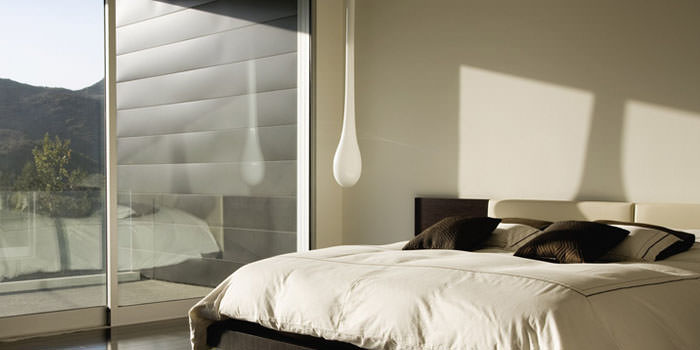
Exploring Biophilia
Designing with Nature in Mind
In the world of interior design, there’s a style that goes beyond aesthetics and transcends into a realm of holistic well-being and harmony. It’s called Biophilic Design, and it’s all about bringing the wonders of nature into our living spaces. In this blog post, we’ll dive into the nuances of Biophilia, its origins, and key considerations for incorporating it into your space.
Understanding Biophilic Design
Biophilic Design is more than just a trend; it’s a philosophy that recognizes our innate connection with nature. It acknowledges the fact that, as humans, we have an inherent longing to be surrounded by the natural world. Whether it’s the gentle rustle of leaves, the warmth of sunlight, or the soothing sound of flowing water, these elements have a profound impact on our physical, emotional, and mental well-being.
The Origins of Biophilia
The term “biophilia” was coined by biologist E.O. Wilson in his 1984 book “Biophilia.” Wilson argued that our evolutionary history has hardwired us to seek connections with nature. He suggested that this deep-seated bond with the natural world has been instrumental in our survival as a species.
Key Elements of Biophilic Design
- Natural Materials:
One of the cornerstones of Biophilic Design is the use of natural materials. Wood, stone, bamboo, and other organic materials not only add visual appeal but also evoke a sense of grounding and tranquility.
- Indoor Plants:
The abundant presence of indoor plants is a hallmark of Biophilic Design. These living organisms not only enhance aesthetics but also improve air quality, creating a healthier environment.
- Natural Light and Views:
Maximizing natural light and providing views of nature are crucial. Large windows, skylights, and open spaces establish a connection with the outdoors, promoting a sense of openness and freedom.
- Water Features:
Incorporating water features like fountains or indoor waterfalls adds a touch of serenity. The sound and sight of water create a soothing ambiance that calms the mind.
- Nature-Inspired Patterns:
From textiles to wallpapers, nature-inspired patterns like leaves, waves, and floral motifs add an organic touch, reminding us of the beauty found in the natural world.
Nuances and Considerations
While embracing Biophilic Design, a few key considerations should be kept in mind:
Balance:
Achieving a balance between natural elements and functional design is essential. Avoid overwhelming the space with too many plants or elements that may disrupt the overall flow.
Sustainability:
Opt for sustainable materials and practices. This aligns with the essence of Biophilia by respecting and preserving the environment.
Personal Connection:
Infuse your personality into the design. Choose elements that resonate with you and reflect your unique relationship with nature.
Maintenance:
While indoor plants are a vital part of Biophilic Design, make sure you can commit to their care. Neglected plants can disrupt the harmony you’re aiming for.
In Conclusion
Biophilic Design is more than just a design style; it’s a way of reconnecting with our roots and creating spaces that nurture our well-being. By incorporating natural elements, patterns, and textures, we can transform our living spaces into havens of tranquility and inspiration. So, the next time you arrange your furniture or choose a color palette, consider inviting nature in and embracing the beauty it brings. After all, a touch of nature is just what our modern lives need.

0 comments